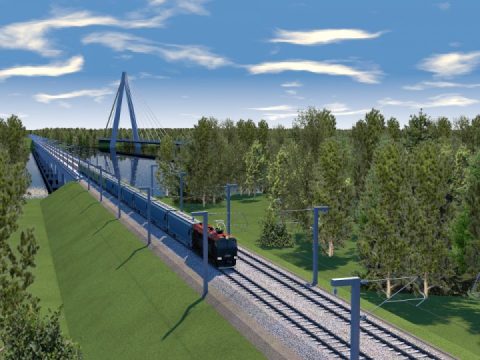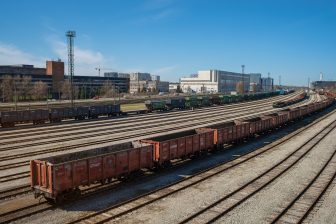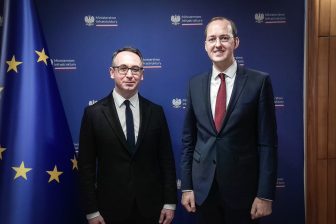
ANALYSIS
77% of CEF financing in first call for TEN-T goes to rail
Rail Baltica. Photo credit: Rail Baltica Latvia
In the first round of the Connecting Europe Facility (CEF) for the Trans-European Transport Networks (TEN-T), 77,7 per cent will go to railway projects. Sixty-seven rail projects across Europe will be funded for a total of 4,2 billion euros, out of the 5,4 billion for all 135 selected projects.
Do you want to read the full article?
Thank you for visiting RailFreight.com. Become a member of RailFreight Premium and get full access to all our premium content.
Are you already a member?
Having problems logging in? Call +31(0)10 280 1000 or send an email to customerdesk@promedia.nl.





Quantity is good, but quality matters, now more than ever. The railway, the track, virtually is fundamental and shall no longer remain Bottleneck of Industry.
Only, by added capacity and utilisation, of existing, full potential of investments is ensured. (A New Old Railway urgently is requested!
For not “cementing”, now any reinvestment, shall include upgrading. Simple risk of a risk, means added costs, at supply chains, of ware owners, clients, that have shifted strategy to “On Demand”.)